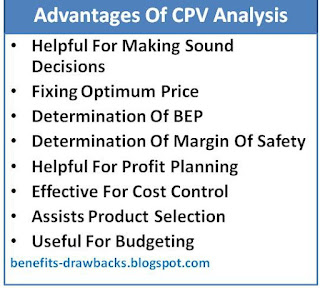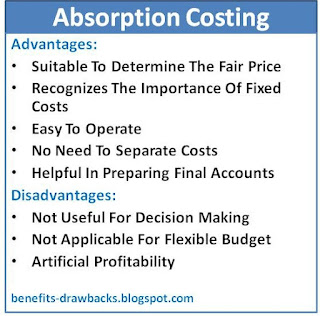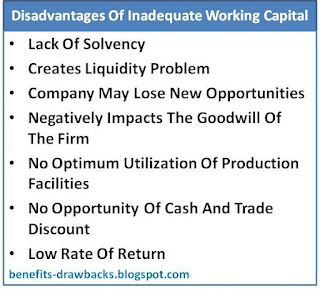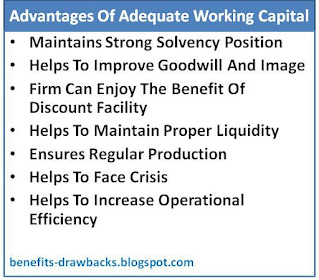Main benefits or advantages of human resource management (HRM) can be expressed as follows:
1. Improves Performance
Human resource management is concerned with the proper utilization of human resource in the organization. It follows the principle of "the right man for the right job" according to the skill and knowledge of employees. It helps to increase employee performance.
2. Reduces Employee Turnover
Human resource management helps to reduce employee turnover rate in the organization by providing growth opportunities and maintaining good working environment in the organization.
3. Training And Development
Human resource management helps to enhance employee's skills and qualities by providing training programs and organizing development campaigns. Training and development programs helps to develop potentiality of the human resources in the organization.
4. Conflict Management
Human resource management helps to manage conflict between the employees and the company. HRM plays the role of mediator and takes the appropriate step to handle the misunderstanding or conflict in the organization.
Also Read:
Human resource management (HRM) provides career development opportunities to the employees. It helps to enhance potentiality and provide growth opportunity through training and development programs. HRM helps to address employees' dissatisfaction by solving their problems.
6. High Employee Moral
Human resource management helps to maintain high employee moral by creating healthy working condition, proper work design and motivating them towards their job.
















